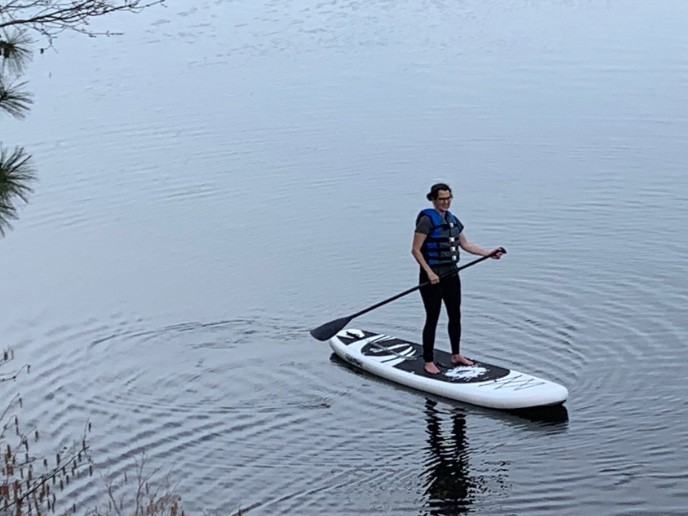We were lucky to catch up with Amy Bryant recently and have shared our conversation below.
Amy, thanks for taking the time to share your stories with us today So, let’s start with a hypothetical – what would you change about the educational system?
Currently, our public educations system promotes a culture of obedience and conformity. It fails to meet the developmental and diverse needs of students, and fails to help students develop critical thinking, collaborative problem solving, and communication skills. Education can prepare students for a more fulfilling life and career by building a culture that values the diversity of ability, perspective and culture, so that rather than being afraid of conflicting ideas, people can learn to listen with the goal of understanding and collaborating. Likewise, when schools step out of control based systems, we will see students thrive when given autonomy, which is necessary for their growth and development. We see the evidence of the fear and control of adults in current practices of school dress codes and behavior modification systems. Instead school leaders can learn how to better understand and collaborate with students so that everyone can thrive.

As always, we appreciate you sharing your insights and we’ve got a few more questions for you, but before we get to all of that can you take a minute to introduce yourself and give our readers some of your background and context?
I started Wild Child Counseling with the mission of changing the way we see and respond to “challenging behaviors.,” which are actually stress behaviors. When we look beyond someone’s behavior, whether they are children or adults, we can unpack the shame and pain, get curious about that person’s unmet needs, and focus on lowering their stress and providing supports that will help them feel better. And when we feel better, we have fewer stress behaviors.
I love the growing interdisciplinary collaboration between the fields of mental health therapy, biology, neuroscience, anthropology, linguistics, and other fields. The more we share our understanding and collaborate with each other, the better we can understand human suffering and find ways to minimize suffering through support and healing interventions. This collaborative approach also allows us to shift the way we see children, what they need, and how we can best support them. My ultimate goal is to help adults give up the idea that children are property, and begin to see them as autonomous people who deserve to follow their own personal dreams and be free from harmful practices such as spanking and punishments, which not only cause harm, but also fail to promote skills and resiliency.
In my practice, I promote self-compassion, resilience, and well-being by helping clients better understand themselves through a trauma informed, neurobiological lens. We explore strengths, identify ways to get in touch with their own inner wisdom, and find where they need more support I use traditional talk therapy in combination with mindfulness, body-based practices, and clinical hypnotherapy to help clients move trauma out of their body, and change their experience with anxiety, depression, insomnia, and chronic pain. I also work with families who are struggling with challenging behaviors, and might have diagnosis such as autism, ODD, RAD, anxiety,ADHD, and more. We work together to identify triggers, get curious about what obstacles are in the way of success, and discover the supports that are most needed for everyone in the family.
Can you tell us about a time you’ve had to pivot?
When I first started my work I thought I would work with older adults because I love their stories and understand many of their physical, relational, and societal struggles. And while I did love working with this population for 3 years, I knew my passion was in working to end the oppressive systems that prevent children from thriving in the world. So I started wild child counseling.
How’d you build such a strong reputation within your market?
In 2012 I decided to offer a free learning series for adults who live and work with kids that would help them understand why spanking is harmful,, and provide them with practical alternatives. I reached out to some of my most favorite bloggers, authors, speakers, and researchers, and I was wonderfully surprised that every one of them said YES! It was a beautiful collaboration, and we had thousands of participants join for live discussions on the short term and long term consequences of spanking, plus alternatives to spanking that build healthy relationships and teach life skills. We built a wonderful community and provided a free services. And many of these contributors continue to donate their time and expertise to the No Spank Challenge every year.
Contact Info:
- Website: www.wildchildcounseling.com
- Instagram: @wildchildatl
- Facebook: Wild Child Counseling and Parenting Beyond Punishment
- Twitter: @notpunishment
- Youtube: https://www.youtube.com/c/AmyCBryant
Image Credits
Photo by Mark Tioxin https://www.mktxn.com/


